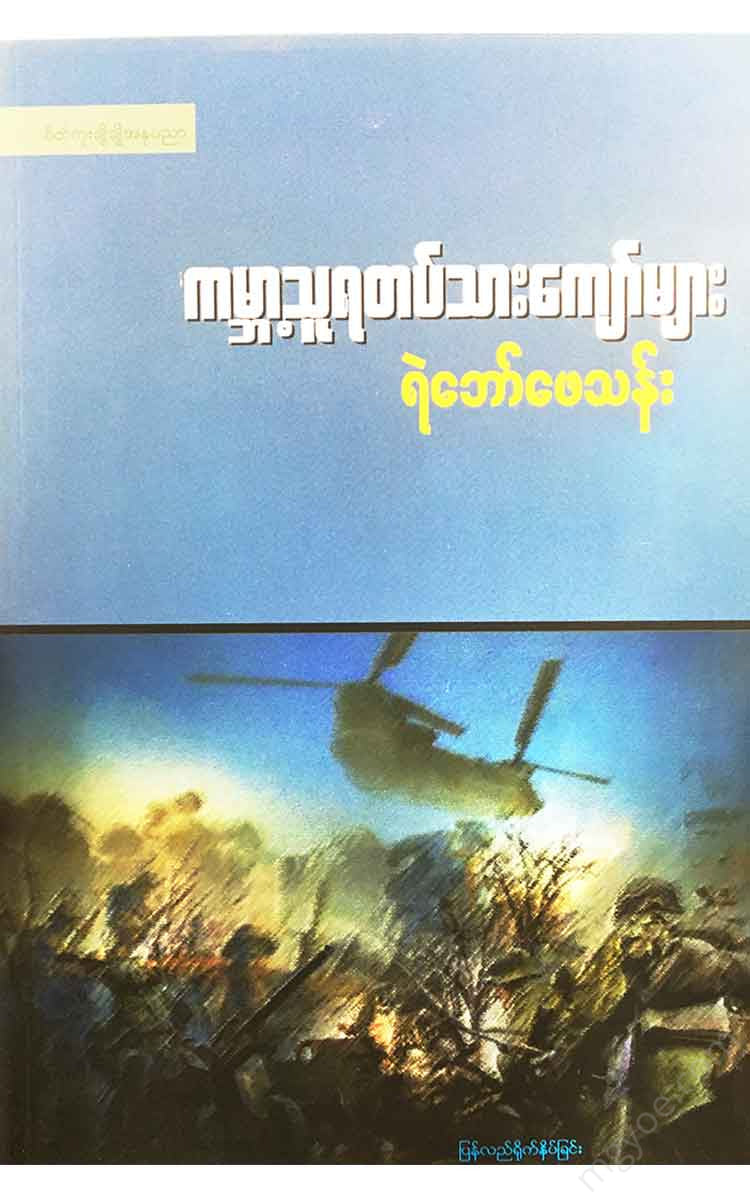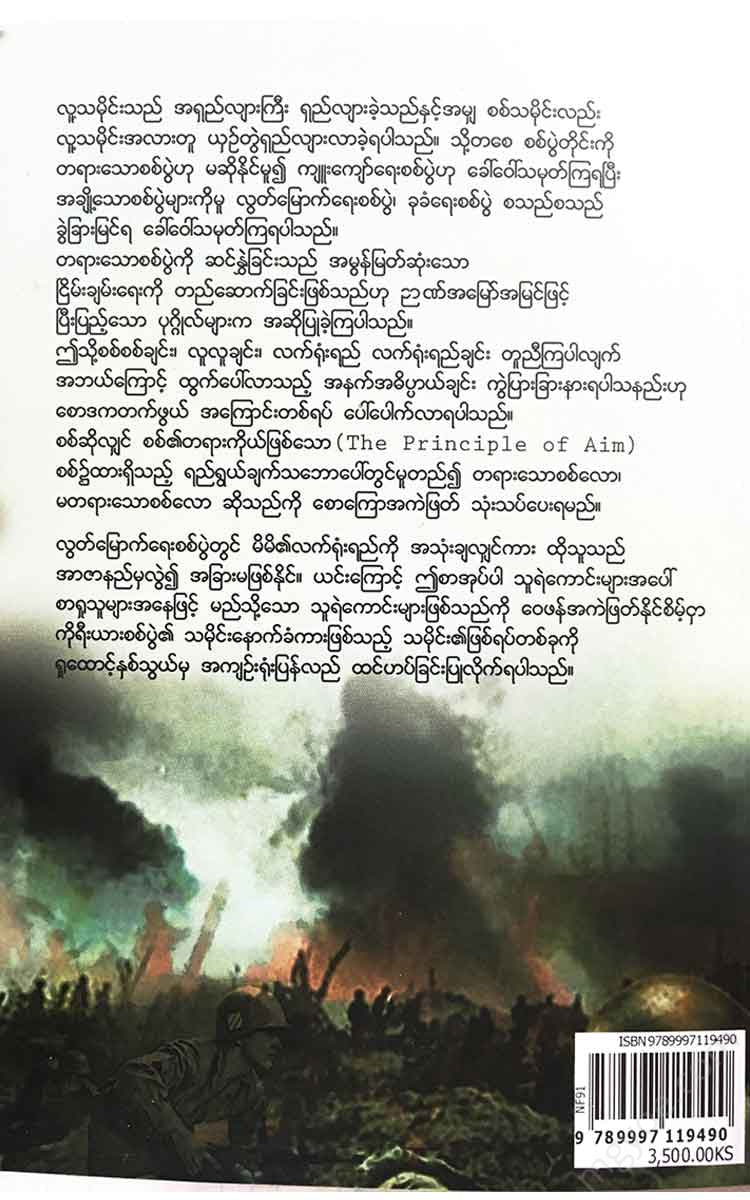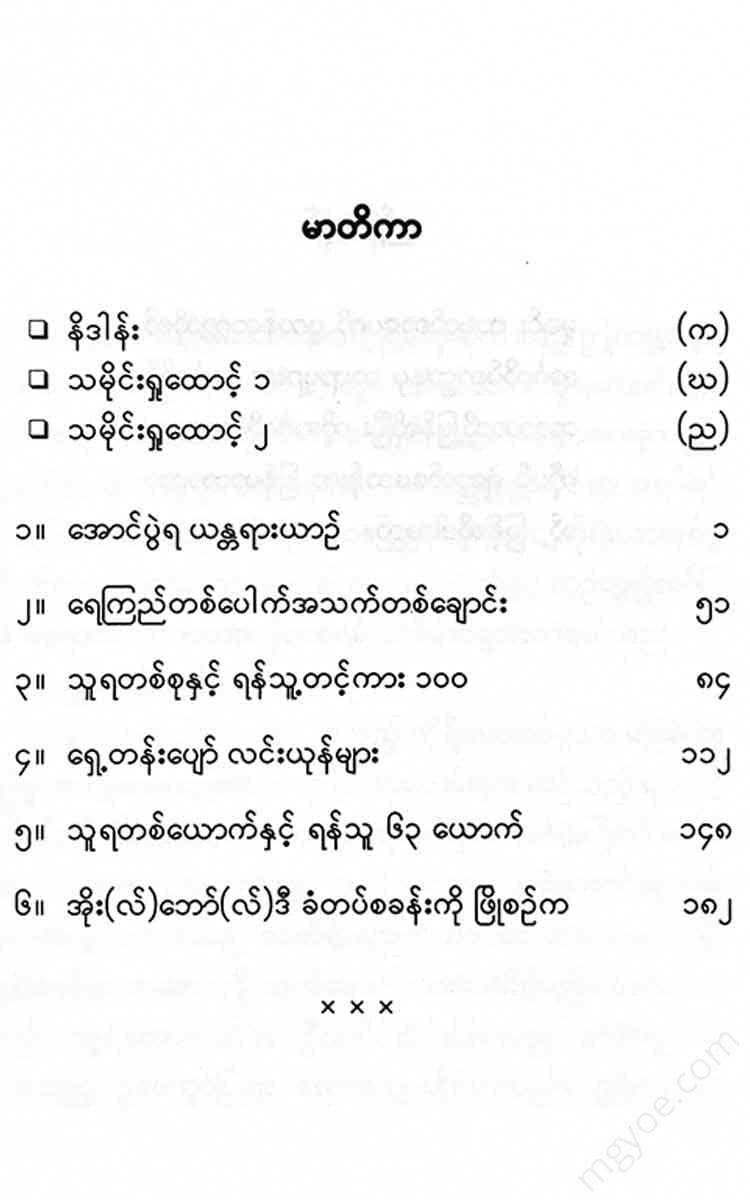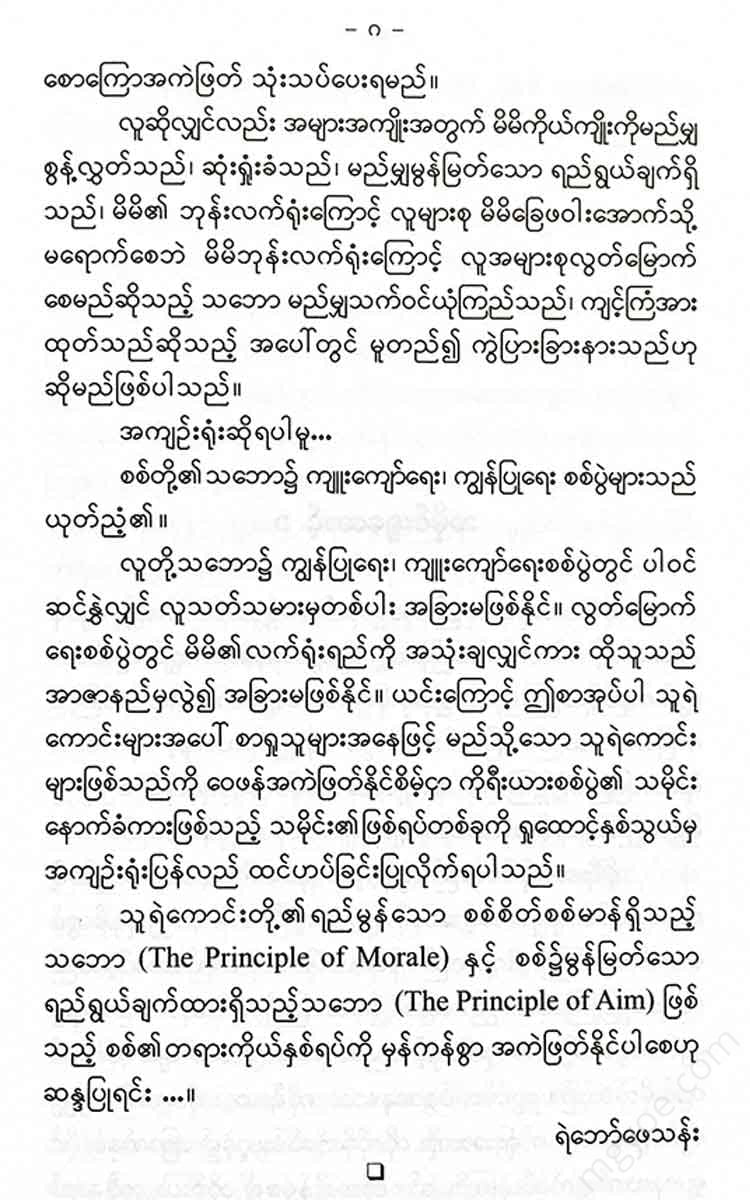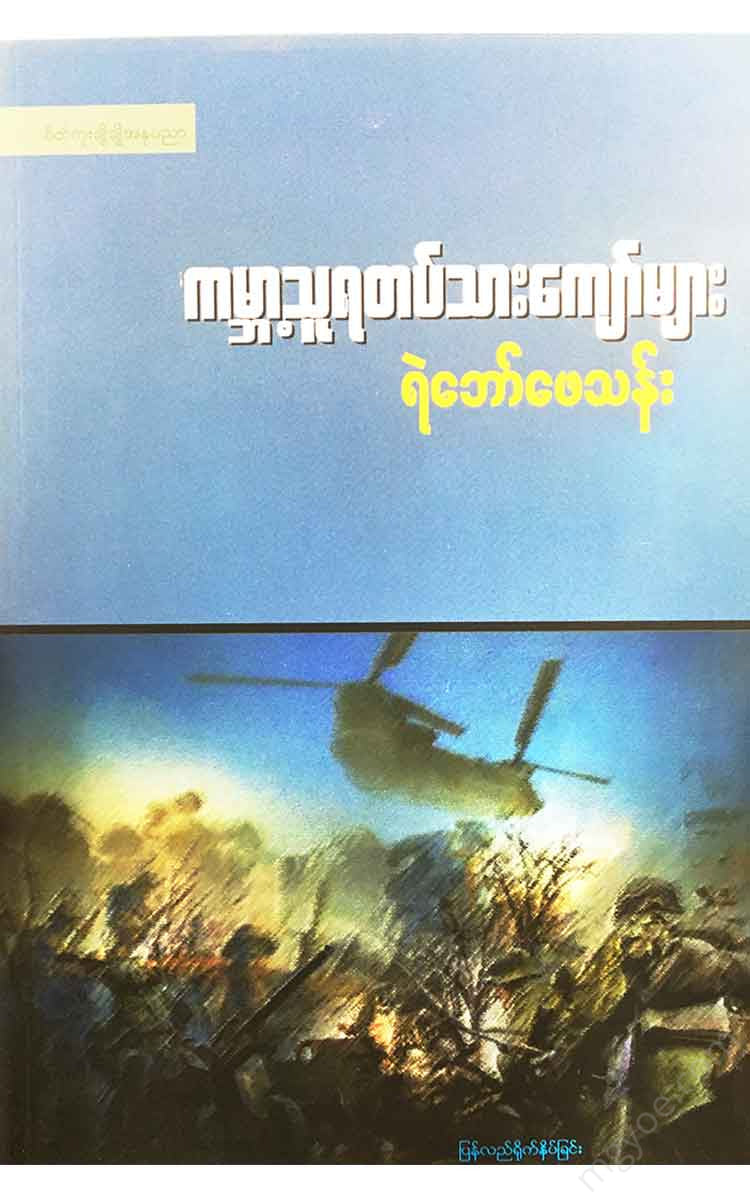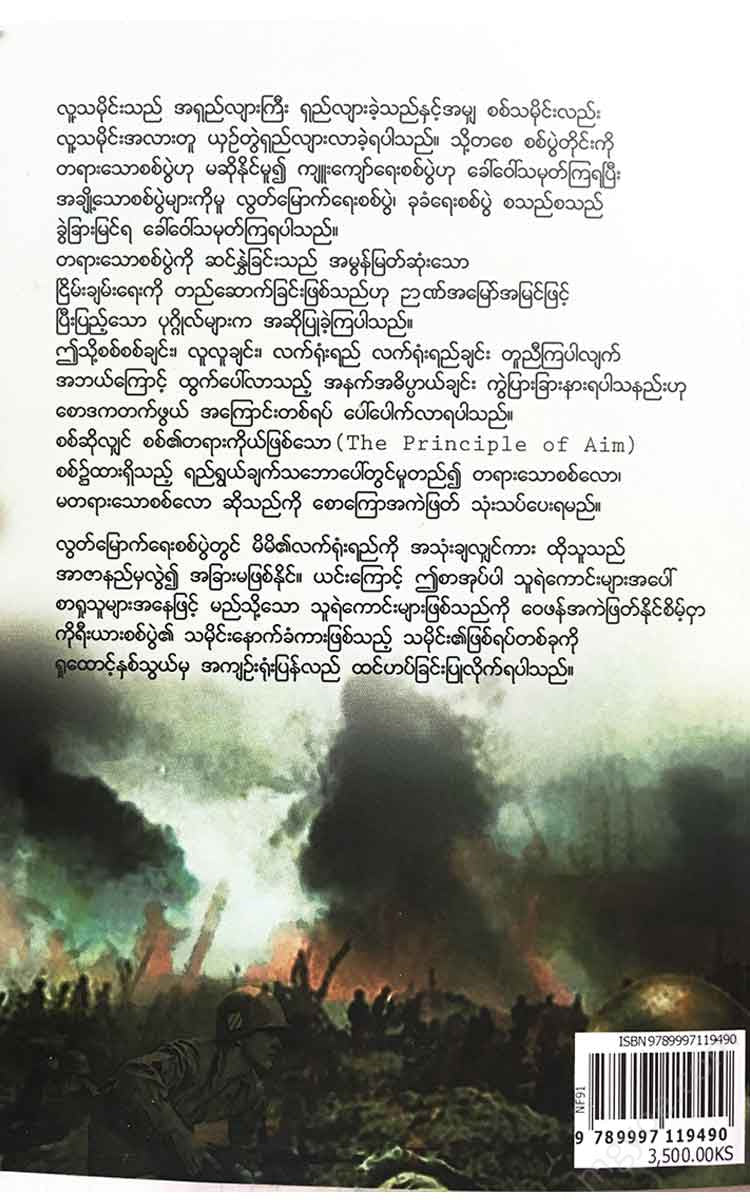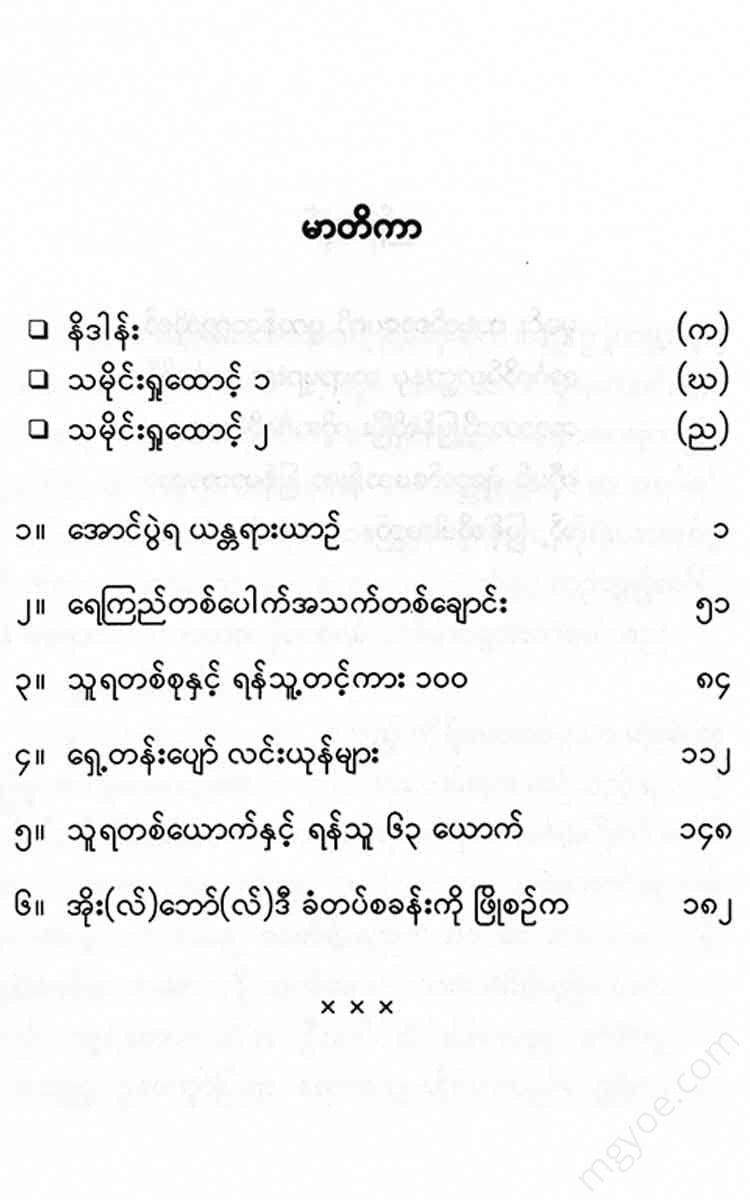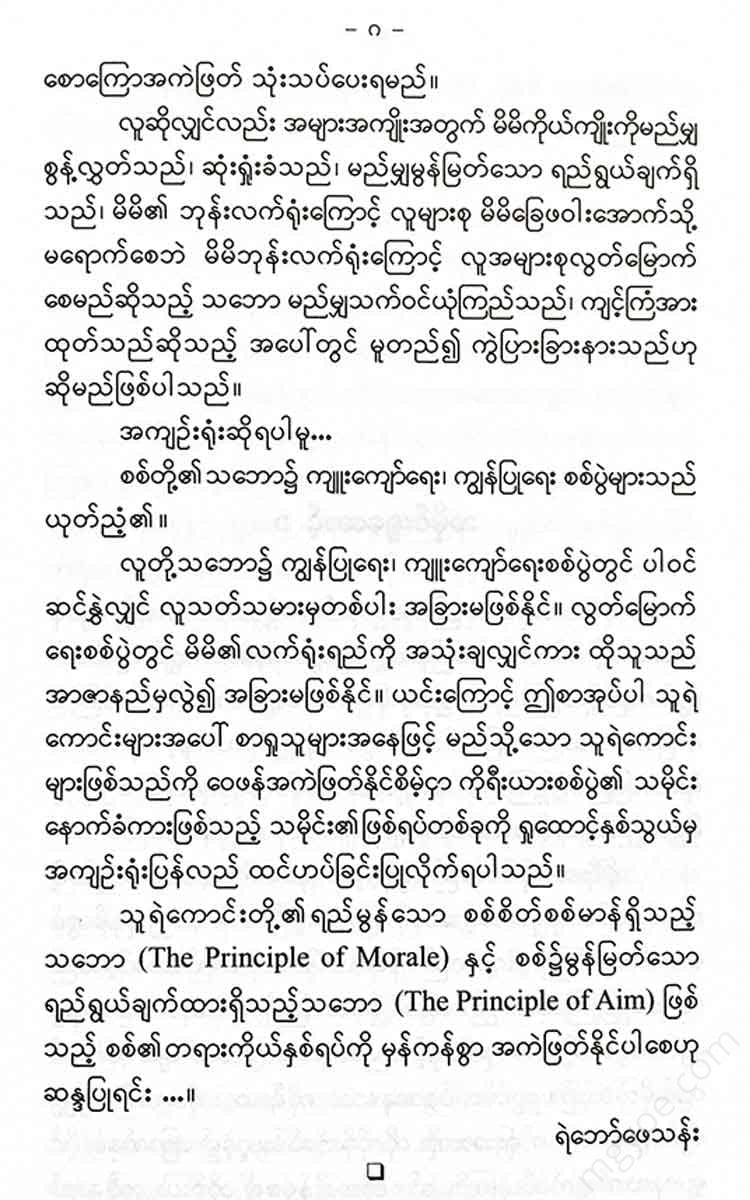စိတ်ကူးချိုချိုစာပေ
Comrade Pe Than - World's Greatest Soldiers
Comrade Pe Than - World's Greatest Soldiers
Couldn't load pickup availability
Historical Perspective 1
Korea is located on a peninsula jutting out from the east coast of Asia between the Sea of Japan and the Yellow Sea. It is separated from the island of Japan by an 110-mile-wide strait. To the north lie Manchuria and Siberia. It has an area of 85,225 square miles and an estimated population of over thirty million.
Korea has a high level of civilization since more than 3,000 years ago, and it is said that the Chinese emperor Keja founded the country in 1122 BC. From that time on, Korean culture was influenced by Chinese ideology and educational ideas. In 1592, the Japanese invaded and plundered the independent Korea for six years. From that time on, Koreans held a deep hatred for the Japanese. After that, Koreans remained isolated from foreign contact for more than 200 years. However, due to Japanese oppression in 1876, Korean ports were opened to foreign ships.
Korea was a strategic location and rich in natural resources, which attracted the attention of neighboring countries. China, Japan, and Russia wanted to conquer Korea. They even fought each other in wars. In 1894, China and Japan went to war over the Korean issue, and Japan won, which gave Japan influence in Korea. In 1904, Japan and Russia went to war again over the Korean issue, and Russia lost the war, and Japan ceded its rights in Korea to Japan. In 1910, Japan occupied Korea, claiming to be afraid of Russia, and called it by its ancient name, "Choseon".
The Korean people did not like Japanese rule at all, and they became very patriotic after World War I. Although Japanese rule brought about industrial, agricultural, mining, and transportation improvements in Korea, the benefits were not shared by the Korean people. The Japanese also had a monopoly on trade. They did not even encourage national schools, acting more like a tyrant. Moreover, the Japanese, by promoting their literature and culture, undermined the national character of the Korean people.
Then, after 35 years of Japanese domination of Korea, they were forced to relinquish it after World War II.
Although the Cairo Declaration of 1943 promised that Korea would be granted independence at an appropriate time, Korea remained uninhabited until after World War II. North of the 38th parallel, the Soviet Union occupied the territory north of the 38th parallel, while the United States occupied the southern part. In February 1948, the Soviet Union declared the northern part of the country the "Democratic People's Republic of Korea," and in August of that year, the American-occupied southern part was declared the "Republic of Korea." Seoul became the capital of South Korea, and Dr. Man-Ri was elected its first president. This resulted in the division of Korea into two countries, the North and the South, and the country's affairs became increasingly complicated. In June 1950, North and South Korea went to war. After a United Nations investigation, the United Nations forces invaded South Korea, which declared North Korea an aggressor.
In February 1945, at the Malta Conference of the Allies, it was agreed that the Soviets would occupy the area north of the 38th parallel and the Americans the area south of it, to facilitate military operations in Korea. This plan was designed to facilitate strategic operations. However, by the end of World War II, due to the shortsightedness of the Allies, Korea remained divided into North and South along these lines, and has remained so to this day.
In December 1945, a meeting of foreign ministers held in Moscow decided to unite North and South Korea into a single entity, which would be held by the four powers for about five years. However, the plan was thwarted by differences of opinion between the Soviet Union and the United States. Thus, in February 1948, the North Korean government led by Marshal Kim Il-sung established the "People's Republic of Korea," and in August, the South Korean government led by Dr. Moon Jae-in declared the "Republic of Korea." Both constitutions defined the "Republic of Korea" as the entire country, including the North and the South.
The North Korean government was recognized by the Soviet Union and the People's Republic of China, and they signed inter-state economic treaties. In the North, land reform was carried out and industrialization was also built according to the Soviet economic plan. The South Korean government was recognized by the United States, England, and the Chinese Nationalist government led by Chiang Kai-shek, and industrialization was restored with American assistance under the ECA plan. Thus, the South and the North were in competition, and they occasionally clashed near the 38th parallel, which was the border.
In the early morning of June 25, 1950, North Korean troops crossed the 38th parallel and began attacking South Korea. On June 28, heavy fighting continued, with the fall of Seoul, the capital of South Korea. The UN Security Council, which met on the evening of June 25, decided to declare North Korea an aggressor and to end the fighting as soon as possible, to withdraw the northern troops to the 38th parallel, and to provide all possible assistance to the UN member states until this decision was achieved. As the UN member states responded to this decision, the war eventually turned into a war between North Korean troops and UN troops. The People's Republic of China also provided volunteer troops to help North Korea.
India and the Arab League tried to calm the war by peaceful means, and the UN delegation led by General Nam I held several meetings. Finally, both sides reached an agreement and signed the Armistice Agreement at Panmunjom on the morning of July 27, 1953. The agreement was signed by the representatives of both sides, as well as by the North Korean Commander-in-Chief and Prime Minister Marshal Kim Il-sung, the Commander-in-Chief of the Red Army of China, and General Lt. Gen.
The Korean War lasted for more than three years and a month, destroying homes, buildings, and major industries. The total number of casualties and prisoners of war on both sides was over two and a half million. According to the armistice, both armies were required to withdraw 2 kilometers (about 2 furlongs) from their positions along the front lines.
Introduction
All the heroes included in this World War Heroes (No. 1) that I have translated into Burmese were born purely by the Korean War. Therefore, as I translate all aspects of the biographies of these heroes into Burmese, I have an unavoidable responsibility to describe the Korean War in conjunction with the biographies of the heroes.
I will clarify..
If the original cause, the Korean War, had not happened, these heroes would not have emerged in any way. If we did not show the Korean War and only the heroes, we would have emphasized the strength of the arms, which are just the arms and legs of the heroes, and pushed them to the forefront. On the other hand, we would have ignored the strength of the hearts, which are the heads of the heroes. This is only part of what I mean. The remaining part is that there have been many people who have made a mark with their strength throughout human history. However, how can we say that everyone who has achieved strength is a hero? That is why some have been labeled by history as murderers, while others have been called martyrs, architects of independence, great heroes, etc., in a contradictory way.
Similarly, as human history has been long, the history of war has also been long. However, not every war can be called a just war, and some wars can be called wars of aggression, while others can be distinguished and called wars of liberation, wars of resistance, etc.
Wise men have proposed that waging a just war is the best way to build peace.
This raises a questionable question: Why do the meanings that emerge from these two words, even though they are so similar in character, personality, and ability, differ from each other?
Just as there must be a single standard in the grading of diamonds and gemstones, there is always a single principle in any event.
This is a war, and it depends on the principle of aim, which is the essence of the law of war. Whether a war is just or unjust must be assessed and analyzed.
It would be said that people differ depending on how much they sacrifice and lose their own interests for the common good, how noble their intentions are, how much they truly believe in the idea that they will not let the majority of people fall under their feet because of their own glory, but rather, how much they practice and practice.
If I had to say prison...
In the sense of war, wars of aggression and slavery are evil.
In the human mind, if one participates in a war of enslavement or aggression, one can only be a murderer. If one uses one's strength in a war of liberation, one can only be a martyr. Therefore, in order for readers to be able to critically evaluate the heroes in this book, I will briefly reflect on a historical event that is the historical backdrop of the Korean War from two perspectives.
Wishing that we may correctly assess the two principles of war: the principle of morale and the principle of aim.
Comrade Father Than
